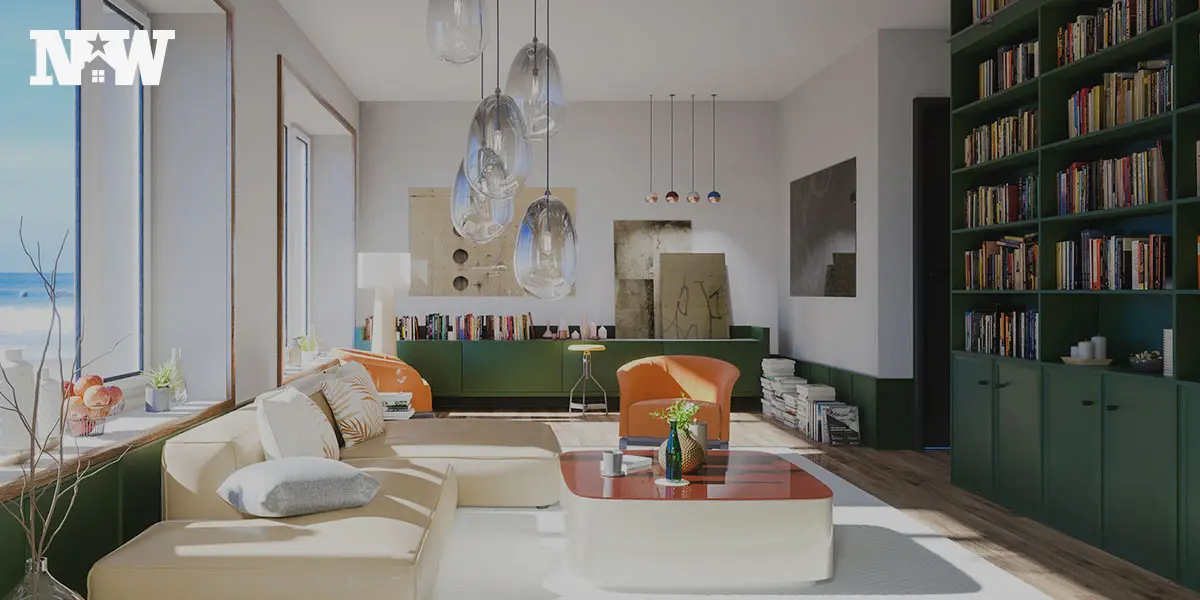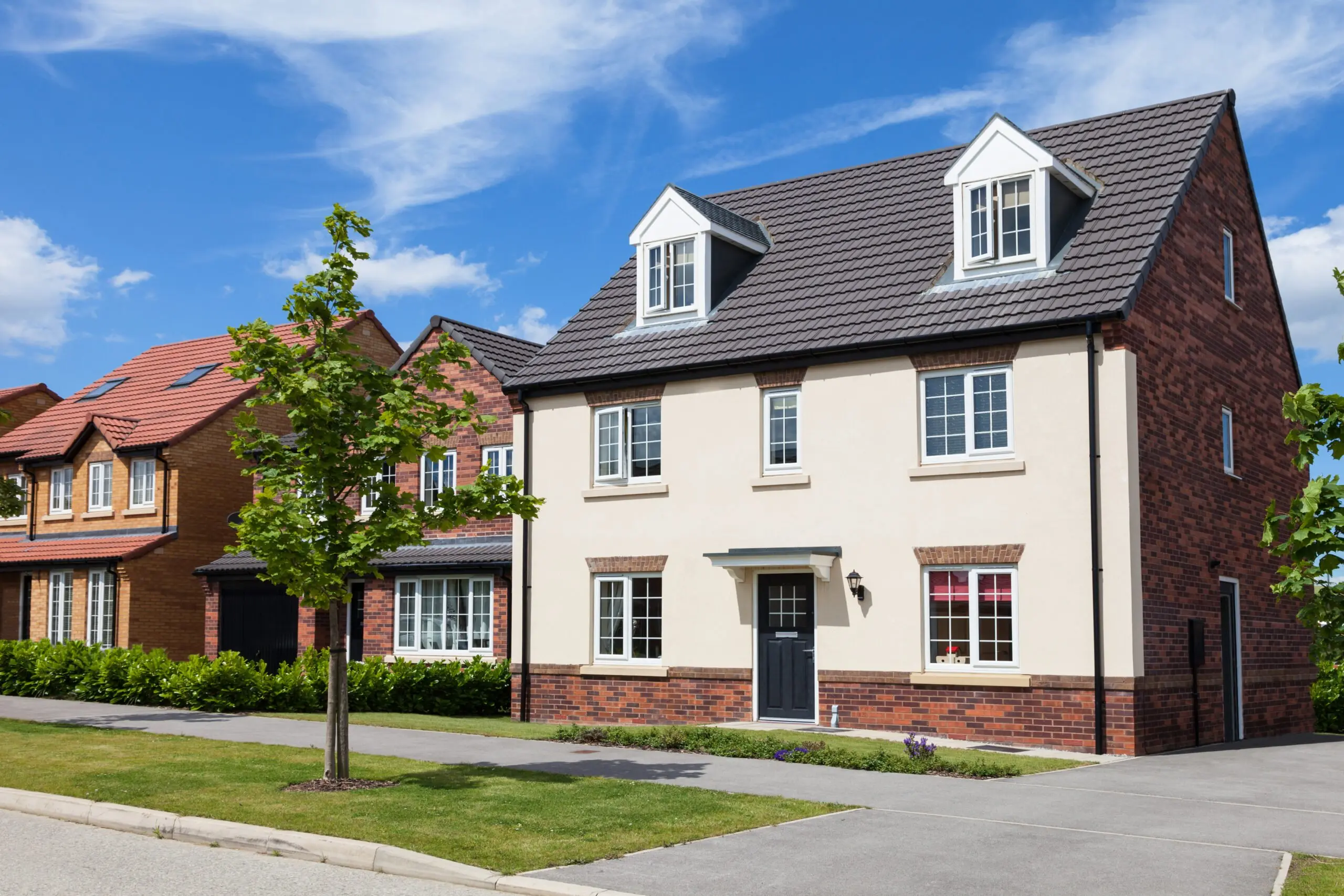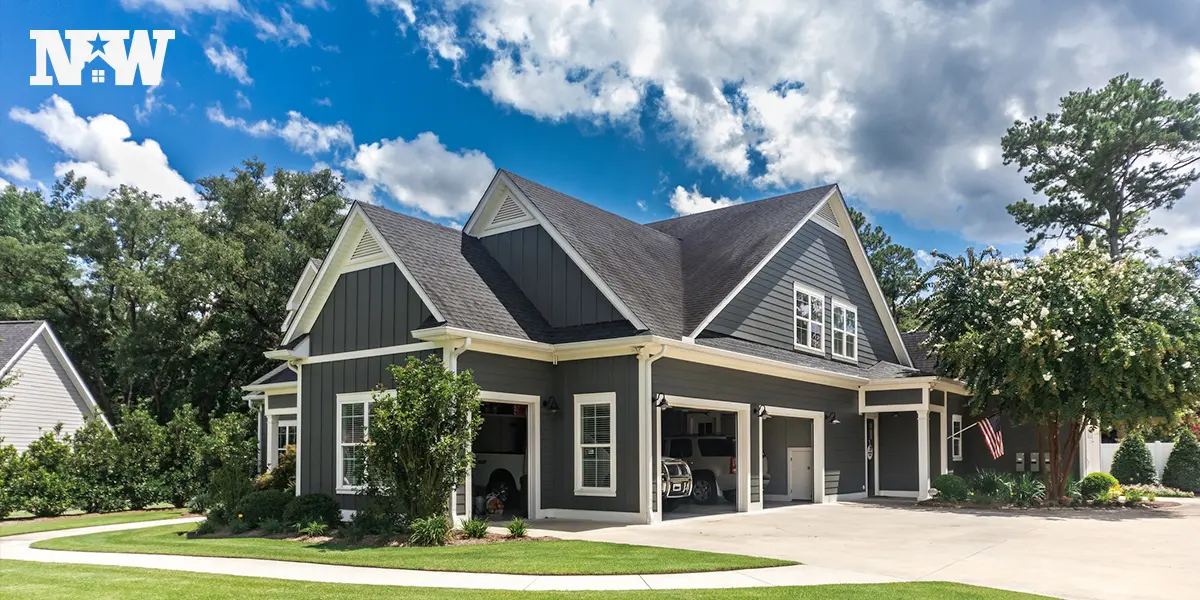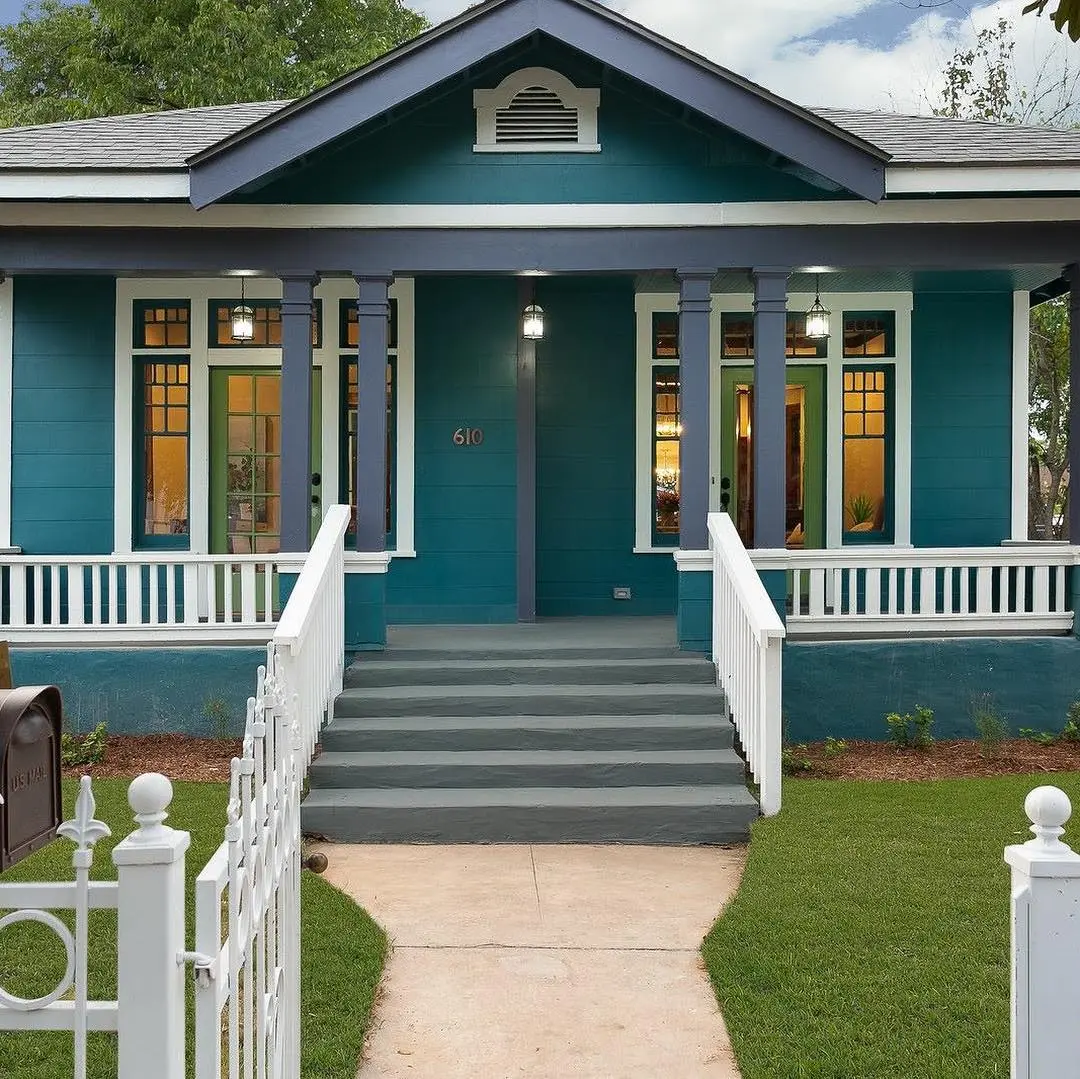Whether you are flipping houses or selling your family home, you want the sale to go as smoothly as possible. A lot of time, energy and money goes into getting your house ready to sell, and you may wonder if it is worth staging an empty house. The experts say “definitely”! Studies from Realtor.com indicate that staged houses sell faster and sell for more than the asking price. Why? Buyers want to feel inspired — not overwhelmed — by a potential home.
When it comes to staging, choosing which rooms to focus your attention on could make a big difference when it comes to your flip’s profitability and desirability. You may not be able to stage the entire home, so it’s important to prioritize your time and resources. According to the National Association of Realtors Profile of Home Staging, most buyers want to see the living room, kitchen and primary bedrooms fully staged, while other rooms can have smaller details.
As an investor, it’s easy to see why you may be tempted to sell the home as-is, but the numbers will definitely persuade you — 58% of buyer’s agents note that staging impacts a buyer’s opinion of the house, while 81% noted staging makes it easier for house hunters to picture themselves and their possessions filling the home. Staged homes also spend up to 50% less time on the market. Here’s how to stage your investment house and maximize your profit.
Importance of Staging Empty Houses
We could liken houses to canvases and works of art. When a home is “painted” with furniture, decor, appliances and inviting accessories, it has a way of speaking to potential buyers. When it’s an empty canvas, there is no emotion, no way for buyers to connect to the home. The space may feel clinical, cold or abandoned. Staging a house transforms it into a home with potential, value, function and a future.
Staging is crucial and has many benefits:
- Increases perceived value: First impressions are incredibly powerful, and they especially matter when selling a house. Elevating how a house looks with stylish decor and well-placed furniture and accents can increase the perceived value of a house. While perception and impressing potential homeowners are important, staging a house does so much more — it can also increase a house’s selling price by as much as 15% over the asking price.
- Enhances a buyer’s connection: You will often hear that the buyers “fell in love” with the space. Staging a space adds a human element that lets buyers picture themselves living in the house. Strategically placed furniture and decor let buyers establish a connection with spaces and how areas in the house can fit into their lifestyle.
- Highlights each room’s function: Staging a house makes it easy for potential buyers to visualize each room’s purpose and opens up a world of possibilities. Listing agents can stage bedrooms, offices, a study, entertainment areas and playrooms to showcase the house’s versatility.
- Fast-track sales: Sellers can sell homes faster because buyers become invested in the space more easily. You may generate little to no interest when you have an empty house. When you have a staged house that showcases its potential as a permanent home, more buyers are interested, and you may have several bids. This places sellers in a position to sell quickly.
- Tips the scales: Sometimes, real estate agents have a hard sell — buyers like the house but are unsure if they like it enough to buy it. It is often the little details that sway buyers one way or the other, and staging creates the finer details — the art over the fireplace or the rocking chair on the porch adds life to the house, and it’s in those elements that buyers may be persuaded.
Tips for Staging an Empty House
Staging a home doesn’t need to feel like you have taken on the role of an expert interior designer. Follow these actionable tips to make the staging process a breeze:
- Use a simple style: One of the keys to effective staging is depersonalizing the space and opting for a simple, timeless style that will appeal to most buyers. When you become too invested in styling the house a specific way, you risk not leaving room for clients to imagine how they would bring their style to the space.
- Add small decor items and accessories: Little touches go a long way. Sometimes, it’s more effective to have only a handful of big items like sofas and tables and complete the space by tying it all together with a showpiece painting or vase.
- Give each room a purpose: Stage rooms in a way that the function and potential of the room really shine through. You can also showcase key features in each room, bringing even more purpose to each space.
- Complete cosmetic fixes and touch-ups: Completing small fixes and touch-ups like filling a crack or fixing a leaky tap go a long way to improving the perceived value of the house.
- Deep clean: It goes without saying, but buyers want to walk into a clean, organized space. Take a day or hire a team to remove odors, dust and stains. Don’t forget to clean the exterior to increase curb appeal — mow the lawn and tidy the porch for a thoroughly clean space.
Hiring a Professional
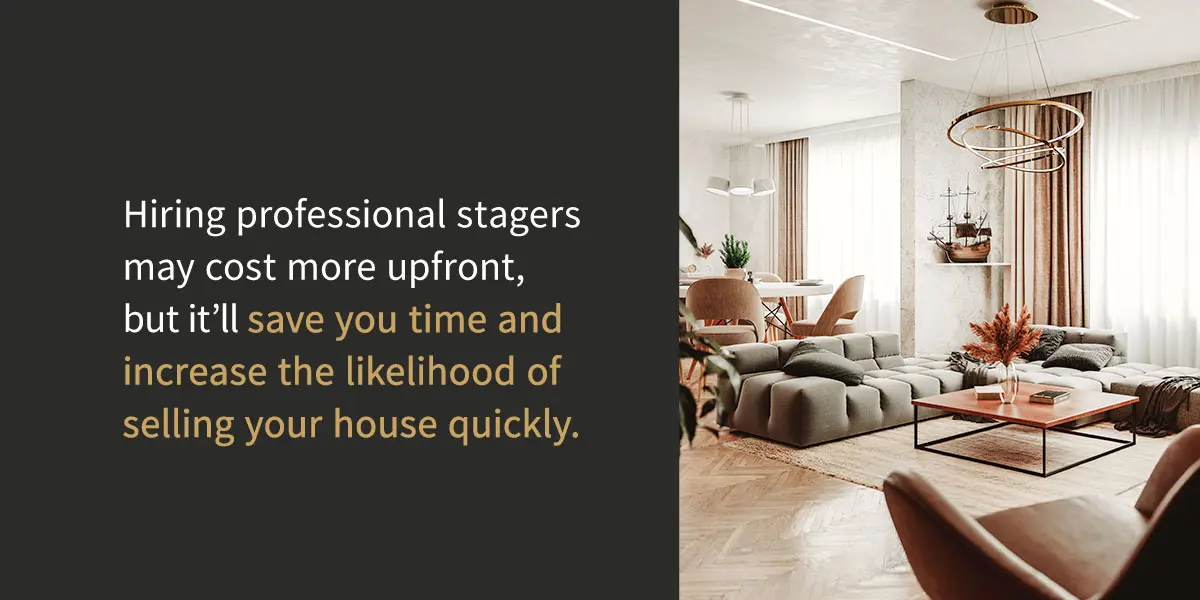
If you don’t have the time, skills or inclination to stage the empty house yourself, hire a pro. Hiring professional stagers may cost more upfront, but it’ll save you time and increase the likelihood of selling your house quickly. Generally, the larger the home, the more staging will cost. Keep in mind that most professional house stagers will require you to sign a three-month (minimum) contract that’s binding even if you sell the home within a day or two.
What does a professional stager provide? Depending on cost, services may include:
- Working with furniture, art and accessories you already own.
- Bringing in new or rental furniture.
- Purchasing fresh flowers, accessories and art objects.
- Additional window treatments.
- Changing paint and decor colors.
Soft Staging: Do It Yourself
Choosing the DIY route can save you money, but you will need to consider how much time it’ll take. First, you have to find the right furniture. You may choose to buy or rent. If you’re a frequent flipper, it just might make sense to purchase your own pieces to use for staging. You may also choose to rent furniture, especially those larger pieces that you don’t want to store in between flips.
Once you have your furniture and large pieces lined up, lay out the space. When deciding on furniture placement, keep your end goal in mind: To create a welcoming space that doesn’t feel cluttered.
Next, give buyers ideas about how they can use the space by using so-called “soft techniques.” Tactics include using rugs to show where furnishings could go, in theory. Most buyers have a hard time imagining how they’d lay out a house, especially in empty rooms. Just be sure you choose the right size rugs. As a rule of thumb, leave 1 to 2 feet of floor exposed around rug edges in larger rooms, and 6 to 8 inches exposed in halls or entryways.
Optimize the home’s natural light, too. Use airy window treatments, open all the blinds and use strategically placed mirrors to maximize light. If your budget is limited, focus your efforts on the “money rooms” — the living room, primary bedroom and kitchen. Overall, aim for a neutral style that’ll appeal to the most buyers. No need to overdo it with bright colors or unique artwork. Final touches include fluffy towels and shower curtains in the bathrooms, pillows and throws on couches and beds, accessories in the kitchen and table lamps for warmth.
How to Reduce the Cost of Staging
Use this section to introduce the following subtopics providing tips for how sellers can reduce the cost of staging:
- Focus on staging the main rooms only, including the primary bedroom, living area and kitchen.
- Implement soft staging for the smaller rooms to add personal touches while still saving on costs.
- Look for styling inspiration and incorporate those ideas using bargain finds and some of your own accessories from your storage unit if you can spare them.
- Consider virtual staging using professional services or DIY apps that allow you to stage the house digitally. This is a temporary option that helps you determine how you can make the most significant impact for the most value when you spend money.
- Only rent the most important furniture — a few cohesive, impactful pieces are far more effective than many low-quality, mismatched items.
Sell Your House With New Western
Many important factors go into selling a house, and staging is undoubtedly one of the most effective strategies. If you are ready to sell your house or buy your next investment, New Western is here to help you navigate the housing market with confidence. At New Western, we make real estate investing more accessible to more people. We are the largest private source of investment properties, operating in most major cities across the states, with an extensive portfolio of investors.
Contact us today to find property matched to your portfolio and discover how to find financial freedom whether you are a buyer or seller.
